Third Installment: The Star Wars Original Trilogy
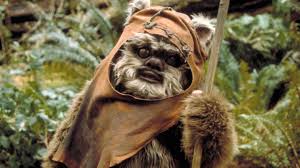
Ewoks, a highly intelligent race sadly only introduced in the last Star Wars film, are perhaps the most underrated beings in the entire trilogy.
Star Wars Episode VI: The Return of the Jedi
From the tragedy of the mighty Jabba’s death to the valiant sacrifices of the glorious Ewok race, Return of the Jedi has cemented itself in history as the second best movie in the greatest franchise of all time.
This film had its share of tear-jerking, heart-wrenching moments. Not a single eye in the world remained dry after the tragic death of the benevolent spice mogul and fan-favorite (as well as my own personal favorite) character, Jabba the Hutt. The impact that Jabba alone had on the course of galactic history is unprecedented. From his debut hosting the pod-races, Jabba has stolen the hearts and minds of the series’ many viewers and fans.
This movie also saw many events that would shape the galaxy profoundly leading up to the next episode in the series, The Force Awakens. The death of Jabba sets the stage for a massive power vacuum in the criminal underworld of the galaxy. The question as to whether the new administration of the criminal element will be for or against the new fledgling republic formed by the victorious rebels is explored, and the death of Emperor Palpatine and his apprentice Darth Vader leaves more questions as to who will assume command of the countless Imperial forces still scattered through the galaxy.
A criminal heinous oversight in the various reviews of this movie is the underestimation and harassment of the glorious race of Ewoks. These brave, carpeted warriors not only saved the war effort from catastrophic destruction, but also displayed courage, bravery, and valor in the face of a stronger, smarter, and better equipped foe. This “David vs. Goliath” scenario can be seen as a clear microcosm of the entire rebel struggle against the empire. Both of these brave forces used ingenuity, cunning, and skill to outmaneuver and ultimately defeat an opponent who simply uses brute force to solve its problems. By playing on their strengths, victory was ultimately achieved.
The climax of this movie is by far the greatest in the series, and deserves recognition. With the words “It’s a trap!” said by alliance’s foremost naval officer, Admiral Gial Ackbar, the grand admiral realized that a powerful symbol of evil and oppression, the death star, had come back and is now even stronger. The scenes of the discovery also show three simultaneous battles occurring: in the throne room of the death star, on the forest moon of Endor, and in the space surrounding the death star. A sense of urgency and tension is pushed onto the audience as they realize that the death star is charging quickly and now targeting the rebels few capital ships. While the very existence of the rebel fleet is in peril, the rebel ground troops are hard-pressed and cornered, leaving the audience with hearts pounding.
Post-release, Lucas made several alterations to the film, including the addition of the Sarlacc beak and the young Anakin version of Vader’s ghost, which are a stain on the pristine white shirt of the film. While a seemingly nice sentimental touch, Anakin’s ghost leaves a glaring plot-hole. Luke would not know who young Anakin is in the ghost image. The only image of Luke’s father he has ever seen was the iconic Darth Vader mask, along with a shriveled injured image after the removal of his mask. However, these changes do not detract from the movie as a whole. This isn’t the first mistake Lucas has made, and it surely will not be his last. The grand architecture of the movie is epic in scope and deserves every bit of praise it gets.

Hi, my name's Avesta (pronounced: A-ve-s-ta) and this is my second year with the Stinger. My hobbies include travel, preferably in the third world, virtual...

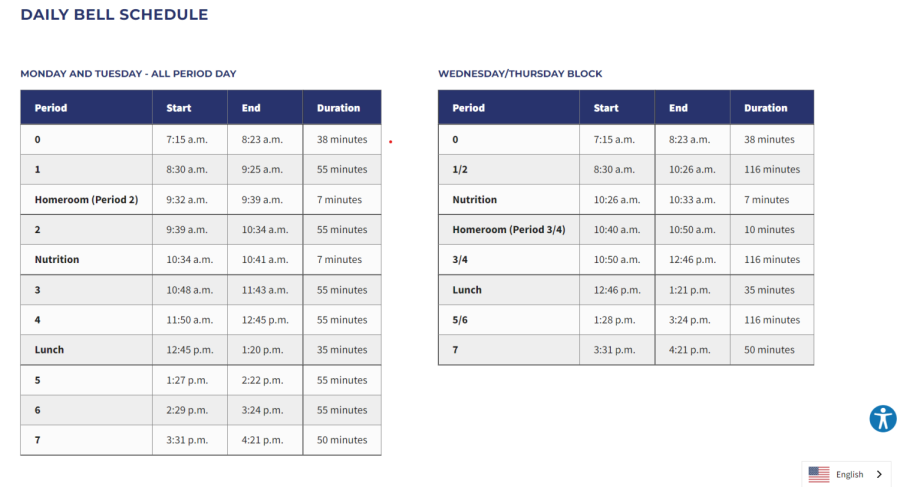






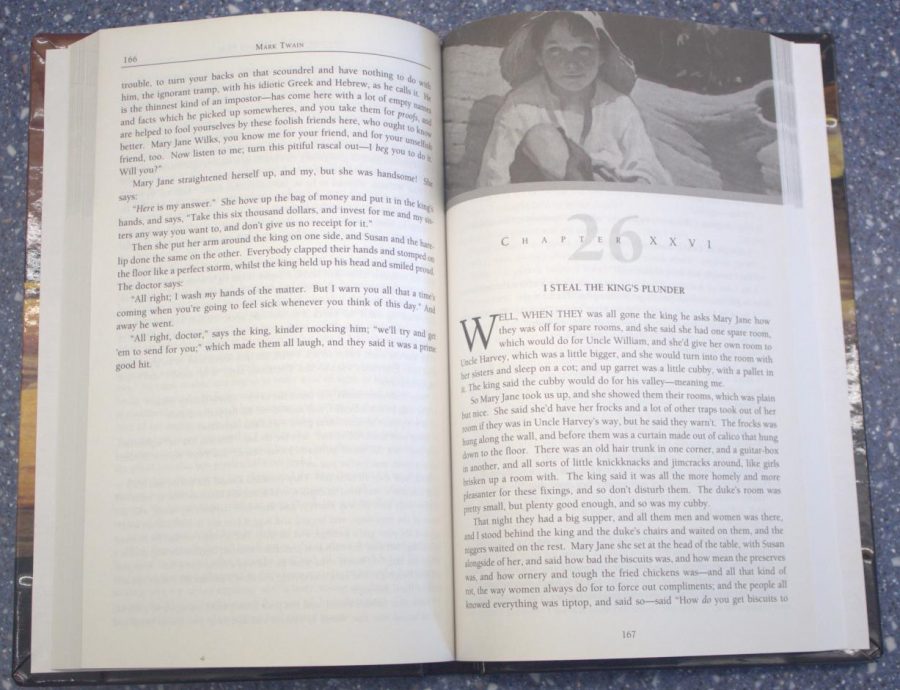
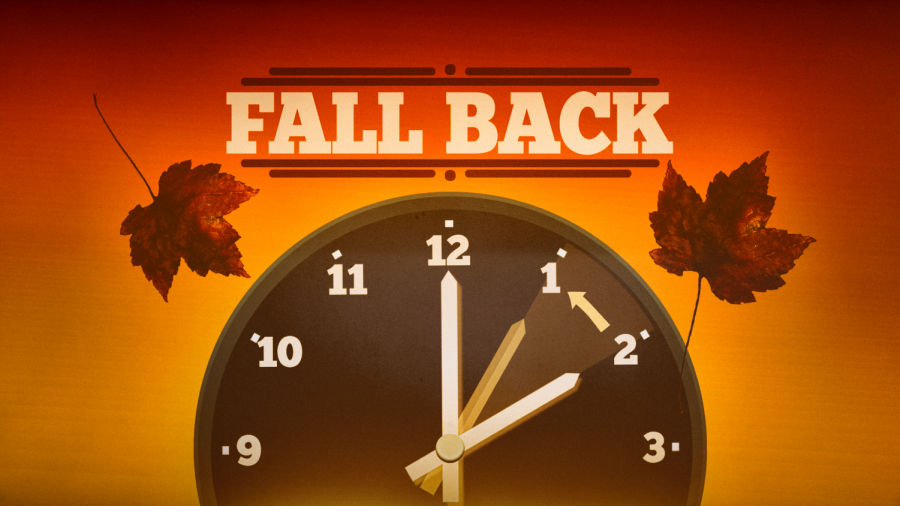






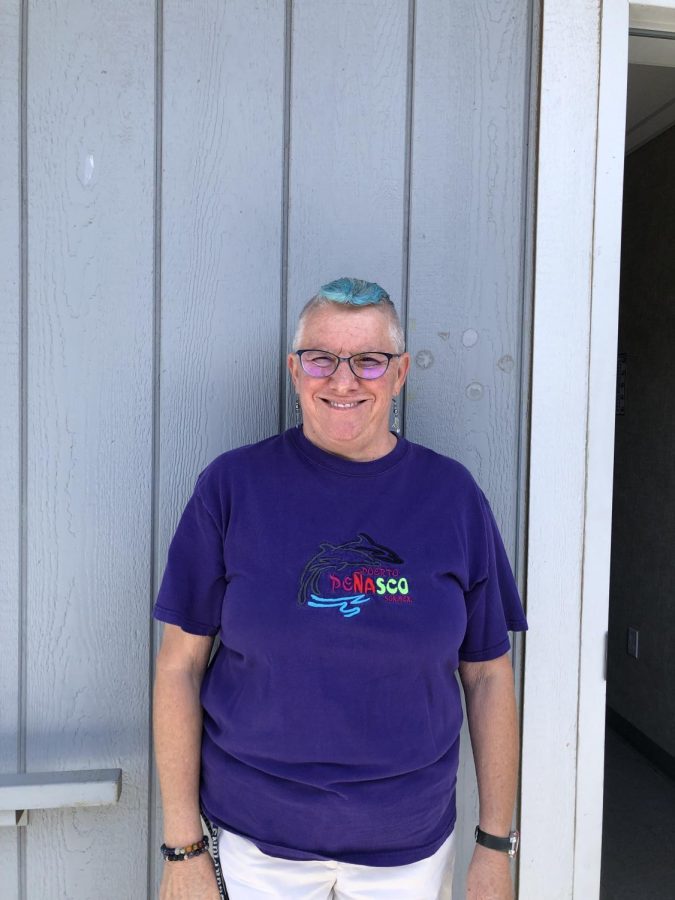


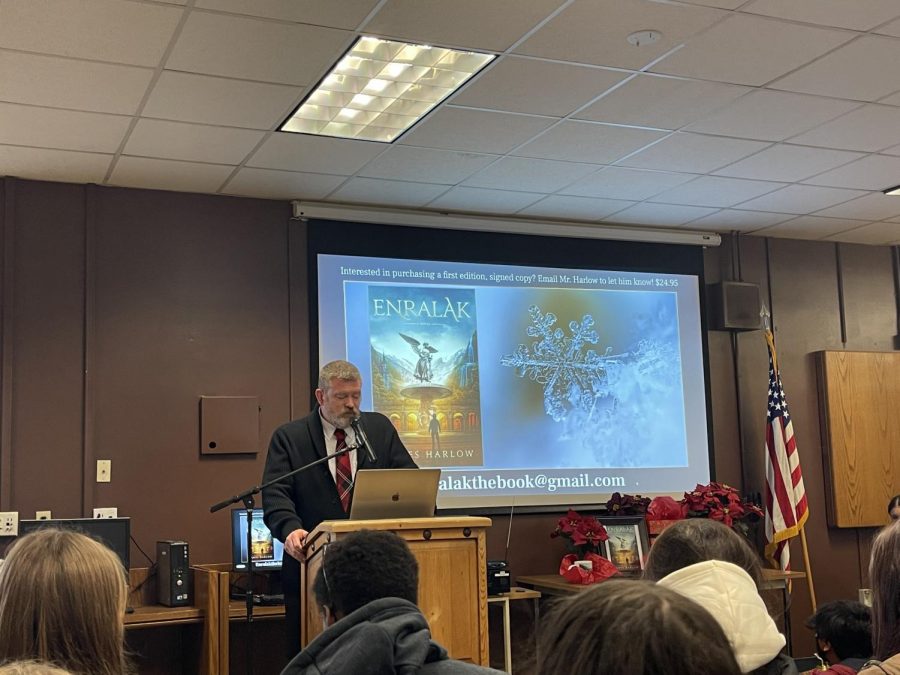
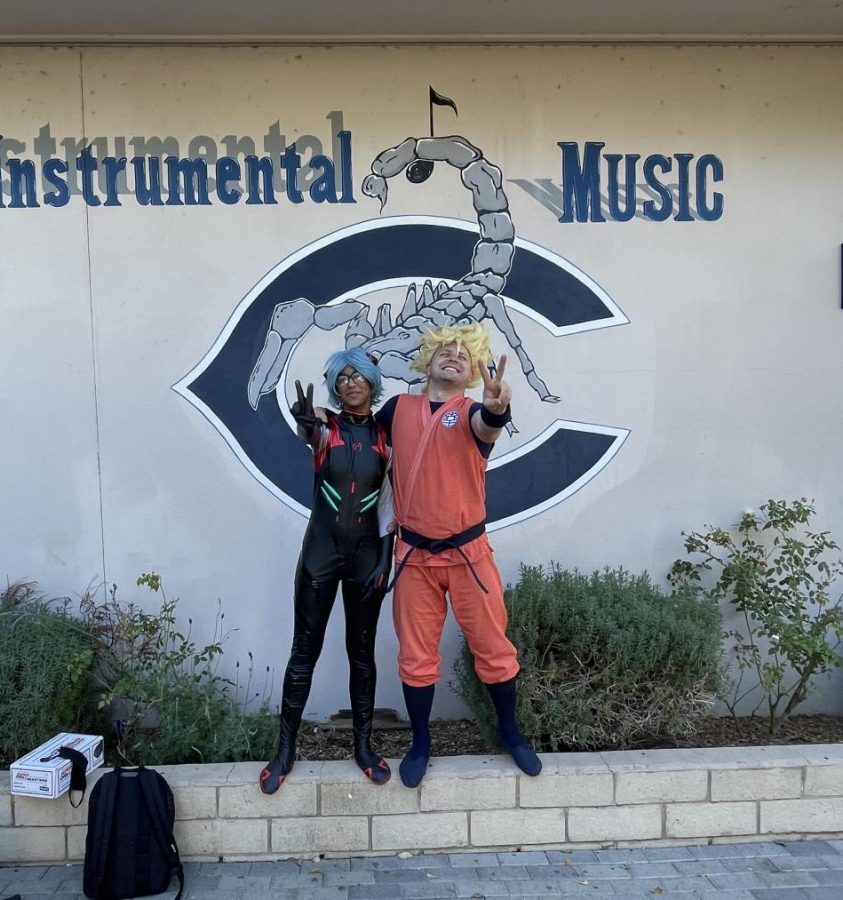



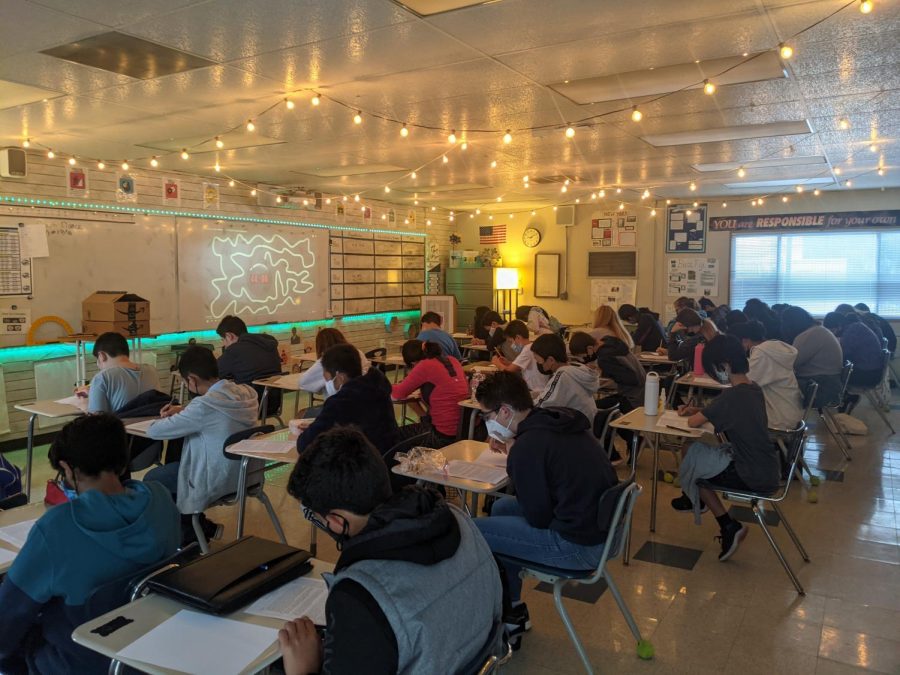


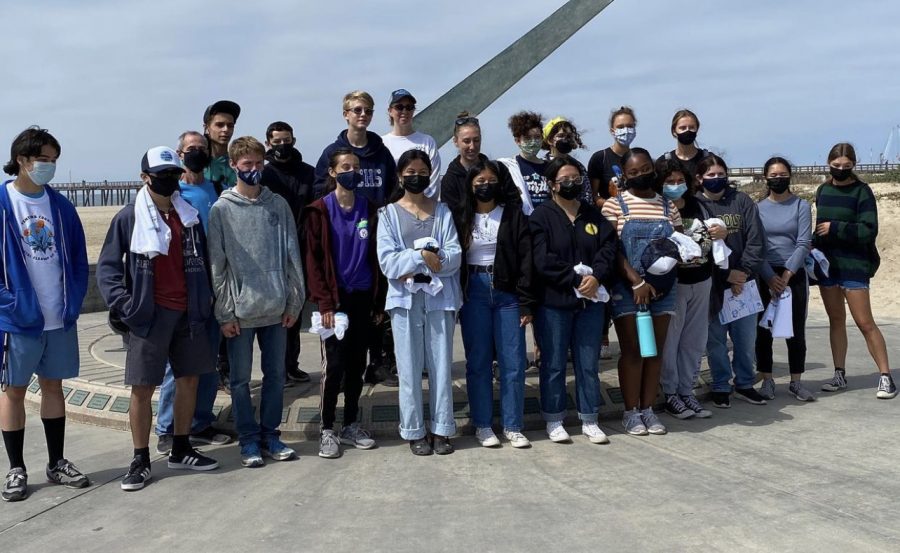

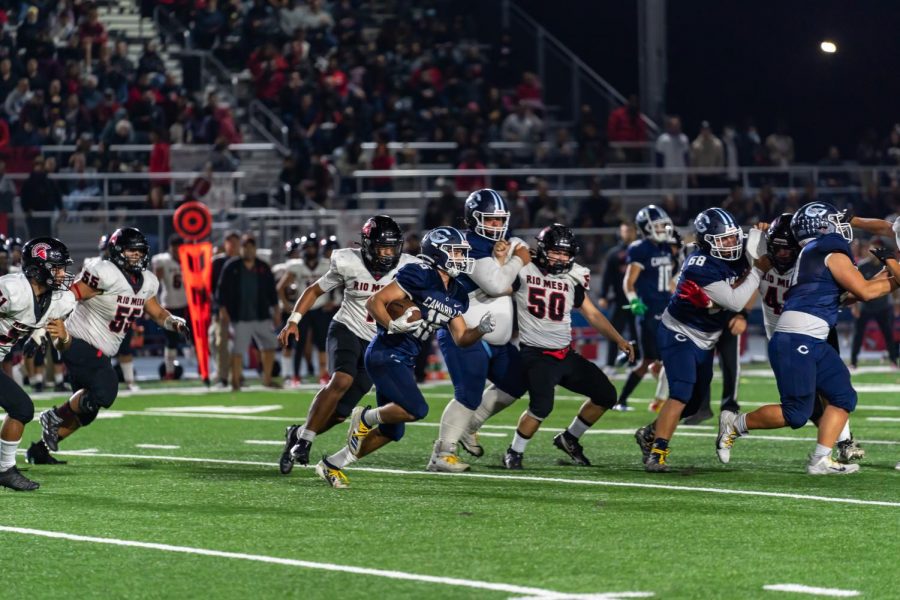

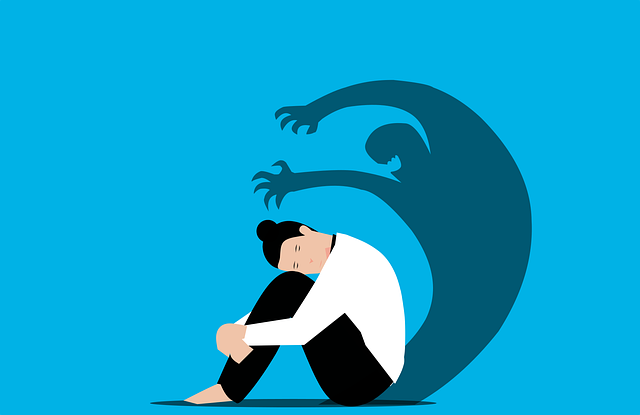




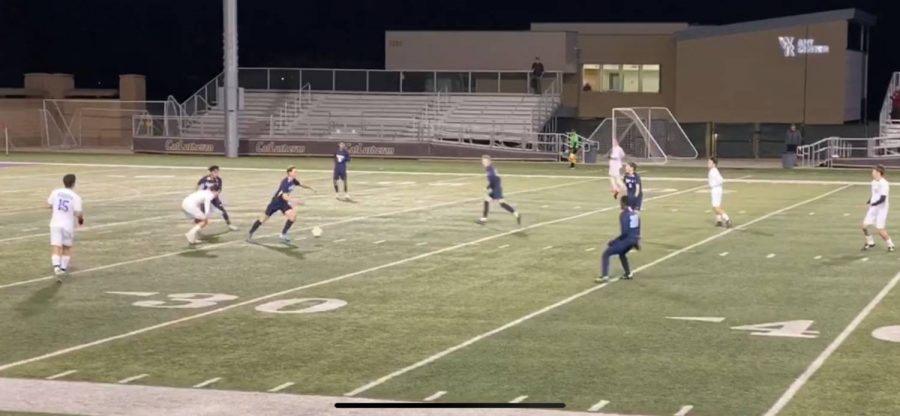





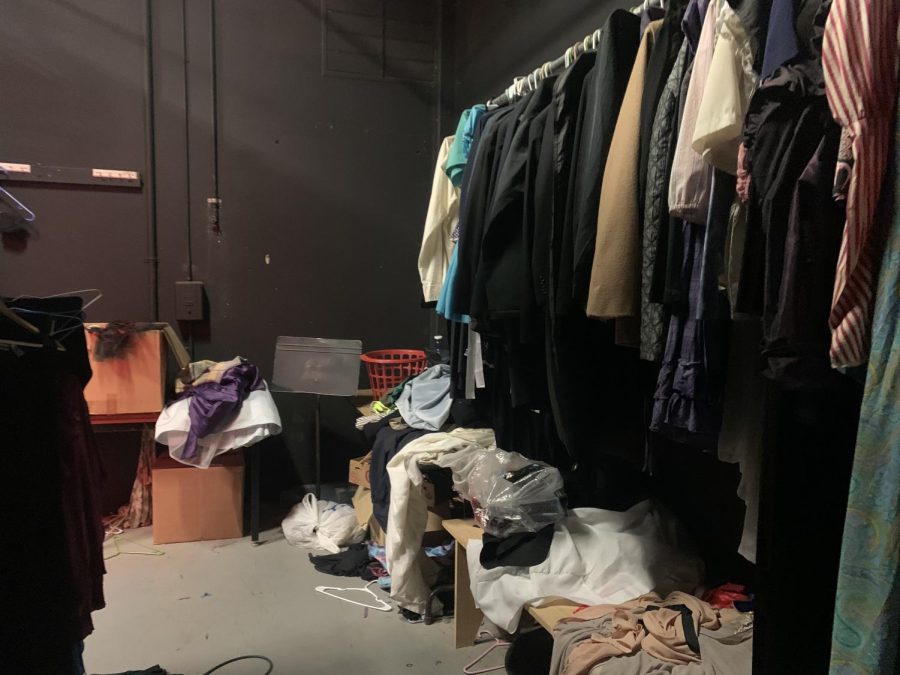





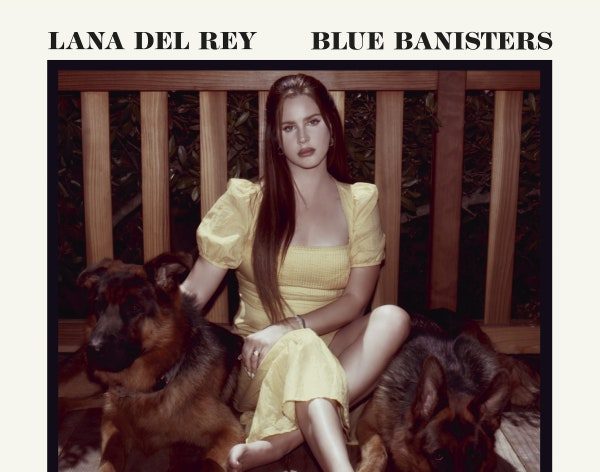

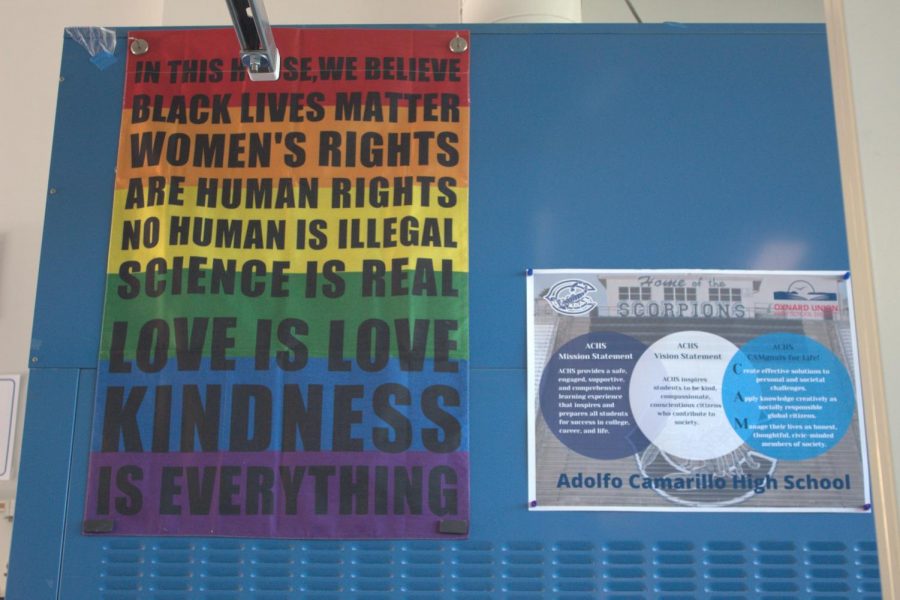

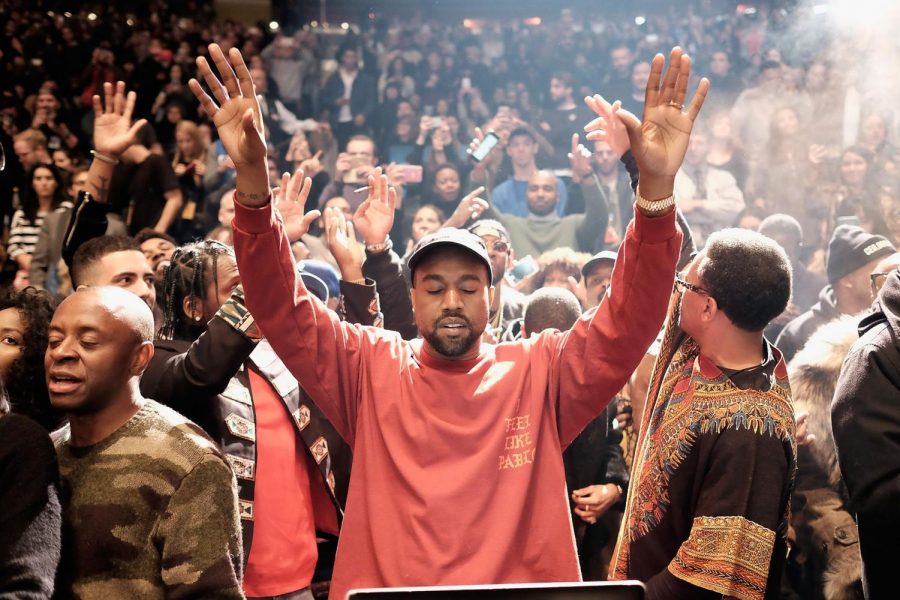
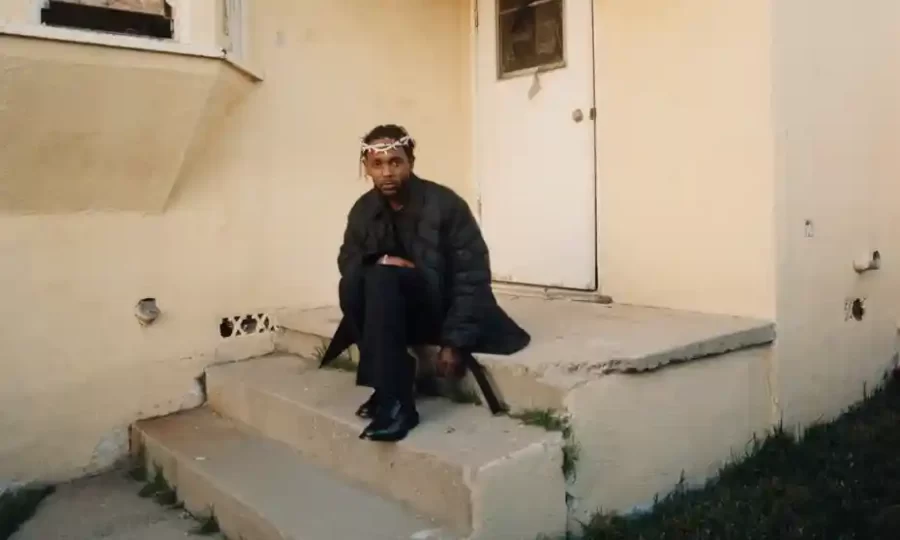





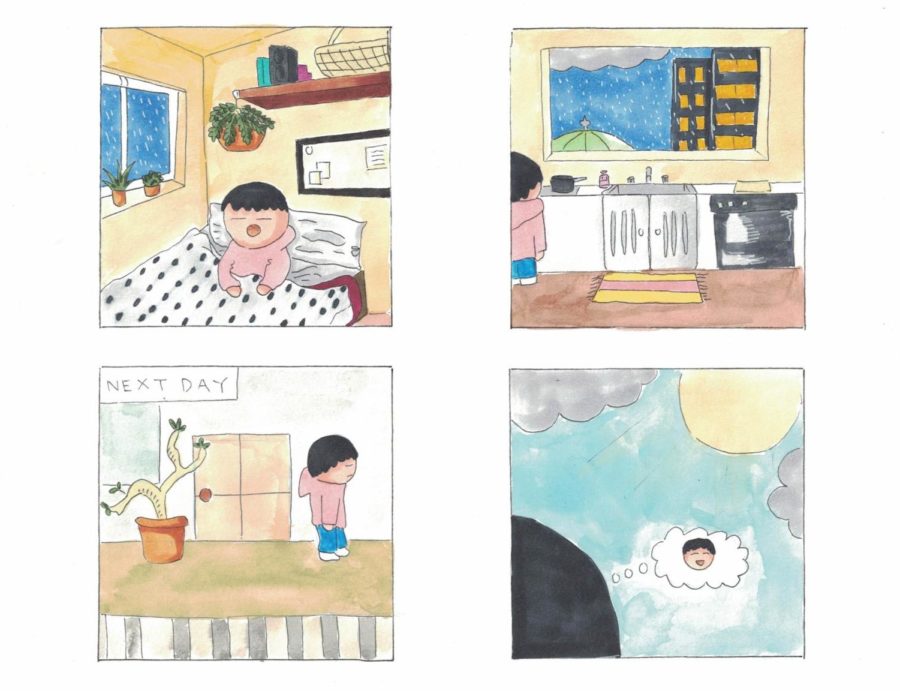
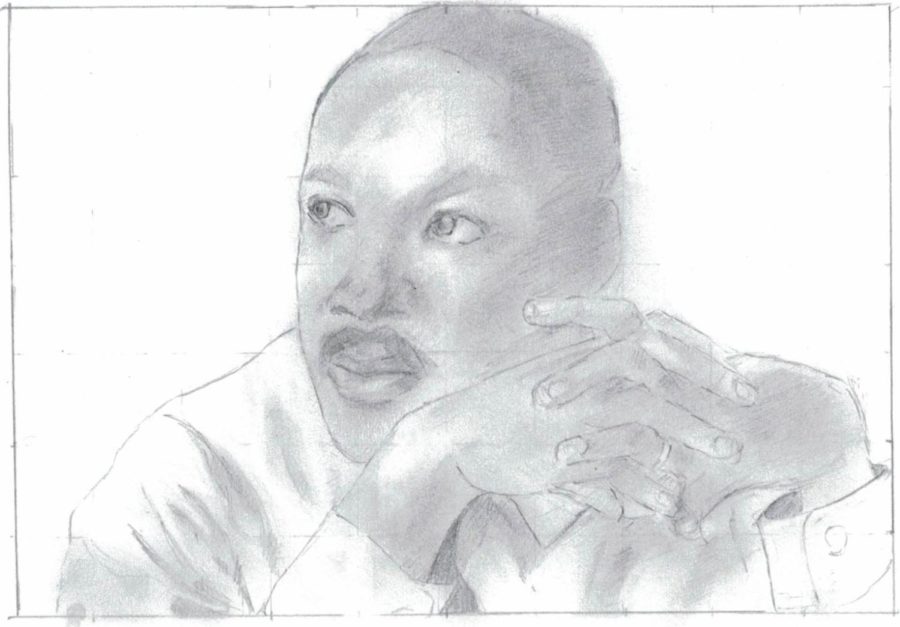
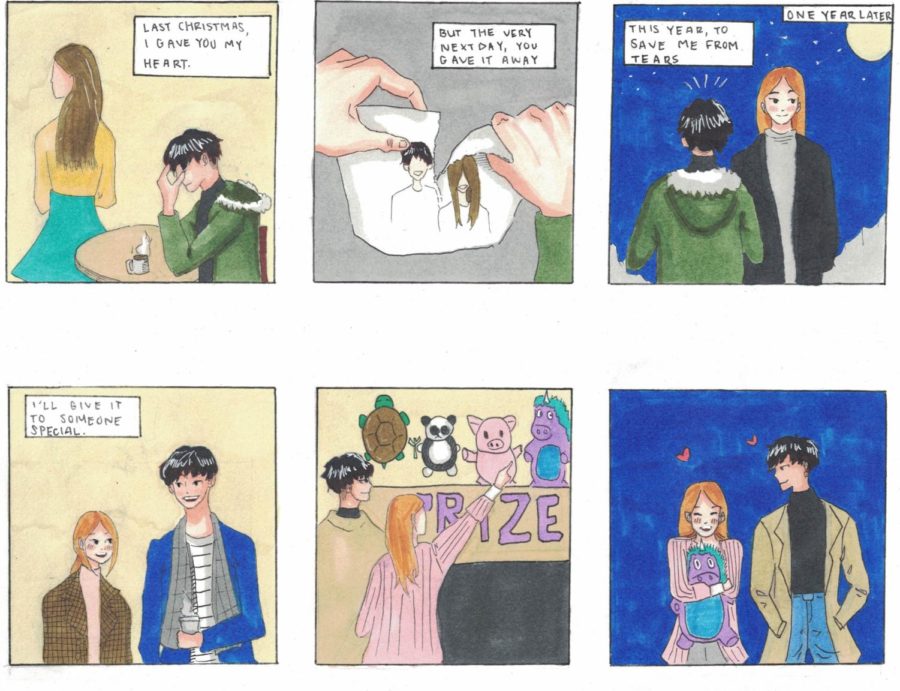
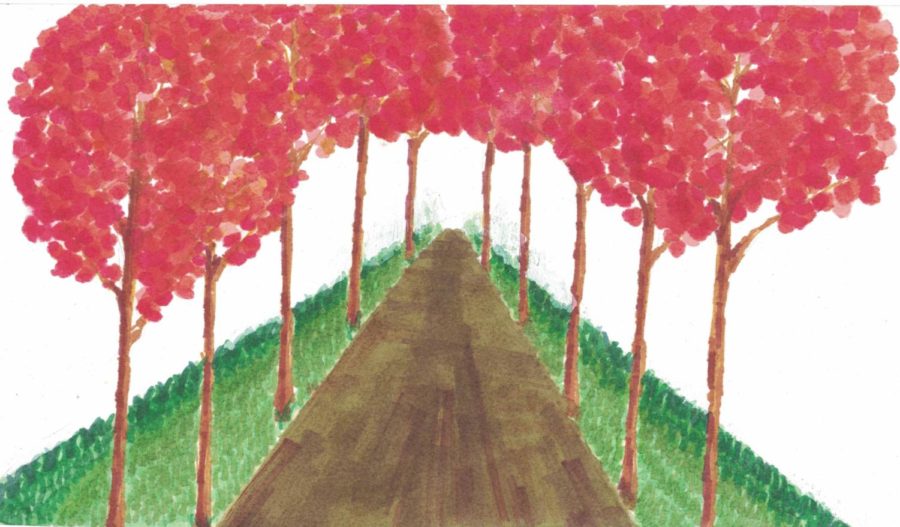
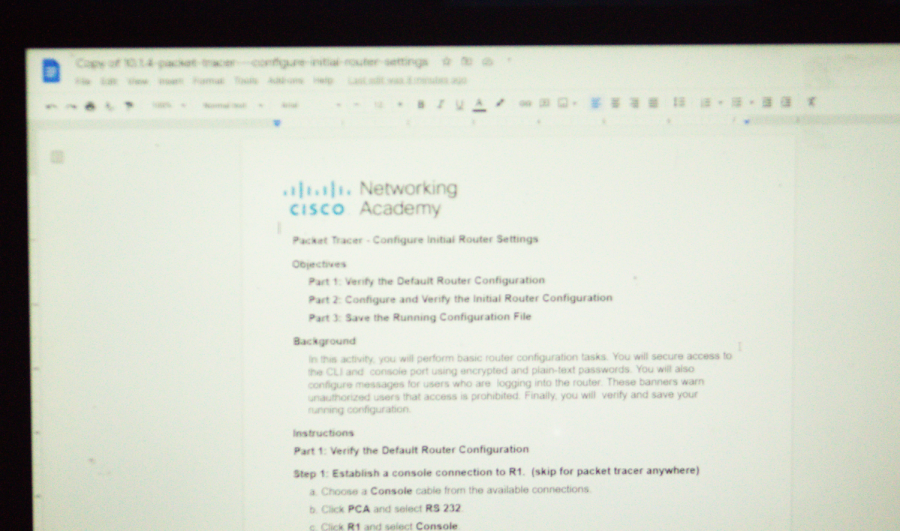



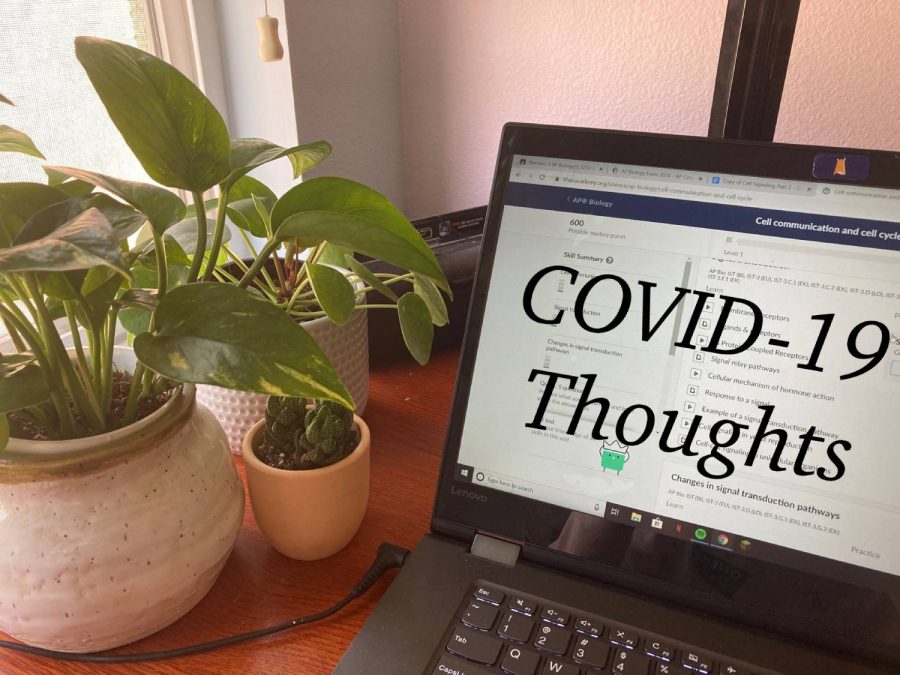




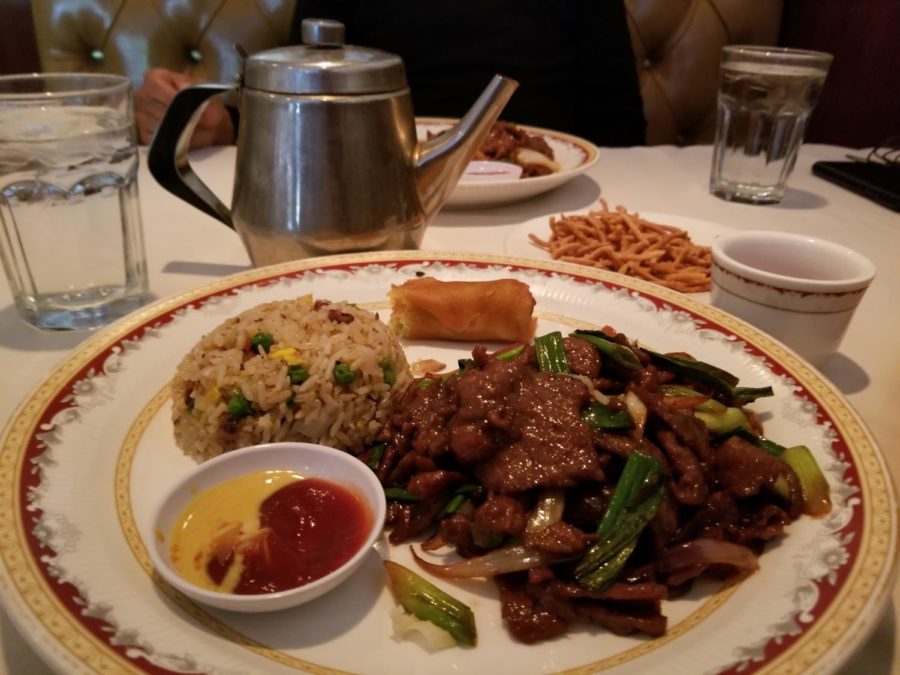

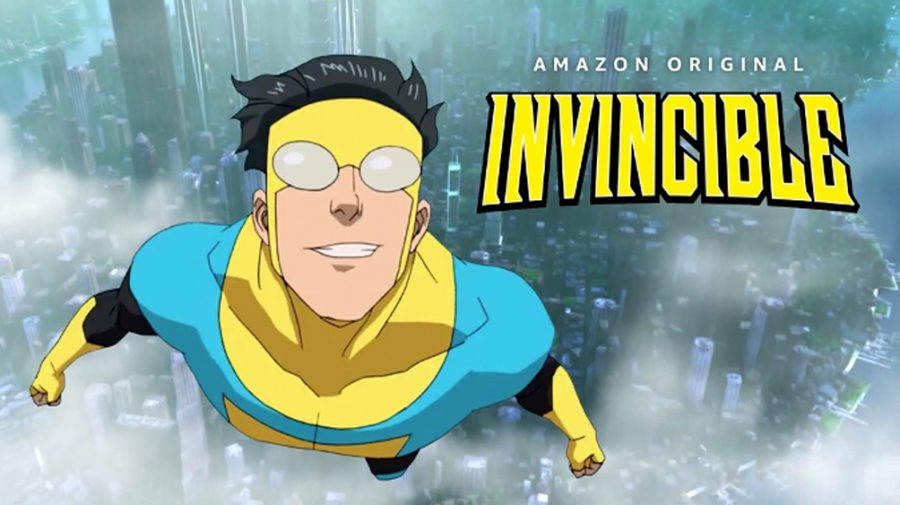
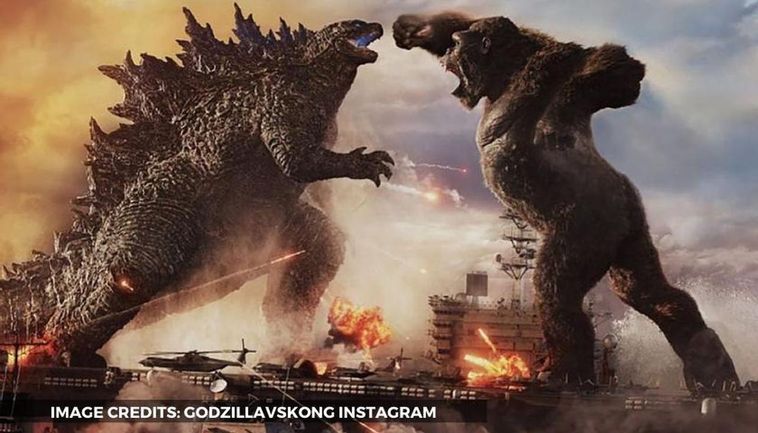
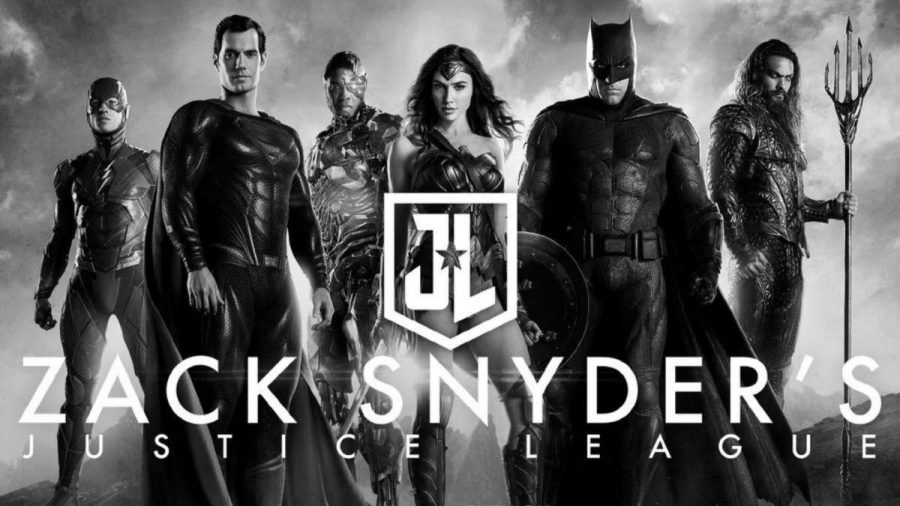
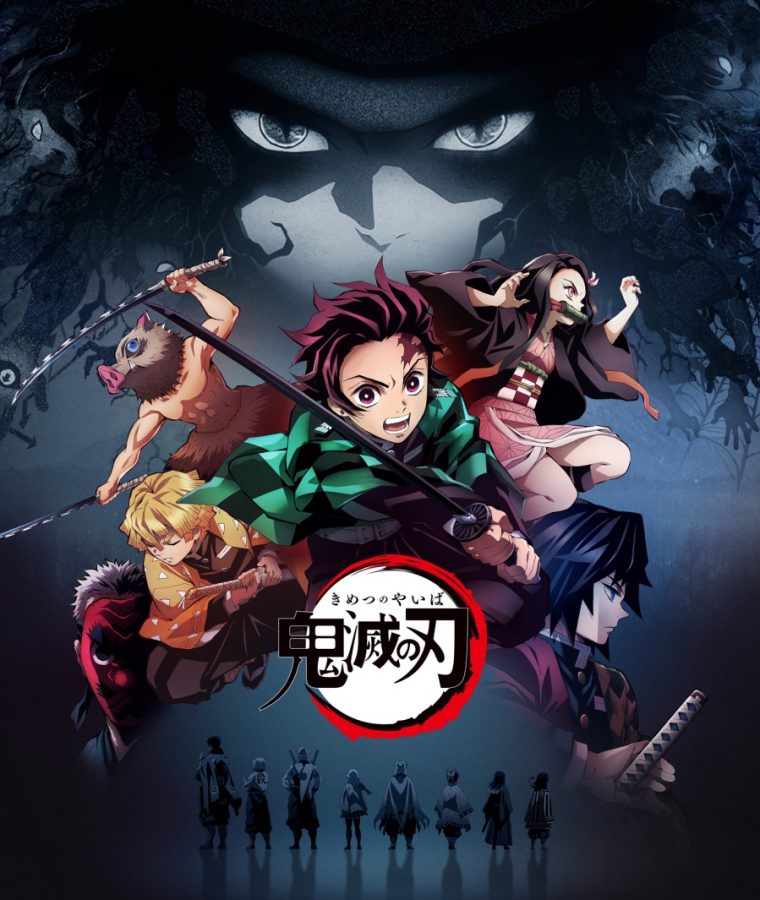

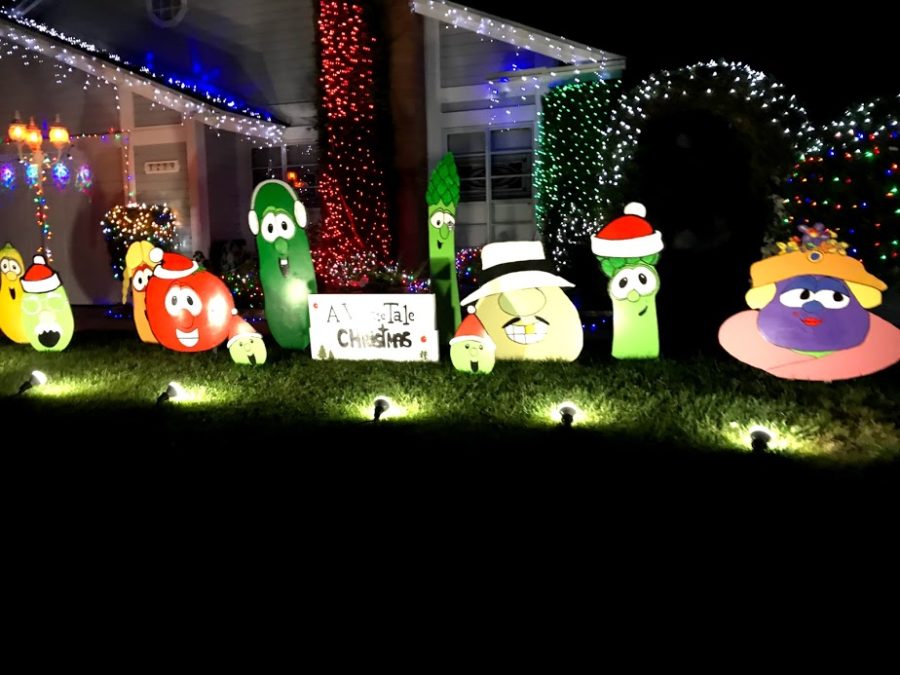

![Senior Ditch Day... Relaxation or Truancy? [Video]](https://achsstinger.com/wp-content/uploads/2017/10/IMG_7119-900x599.jpg)
![Heavy Rain Hits Cam High [video]](https://achsstinger.com/wp-content/uploads/2017/02/maxresdefault-900x506.jpg)


